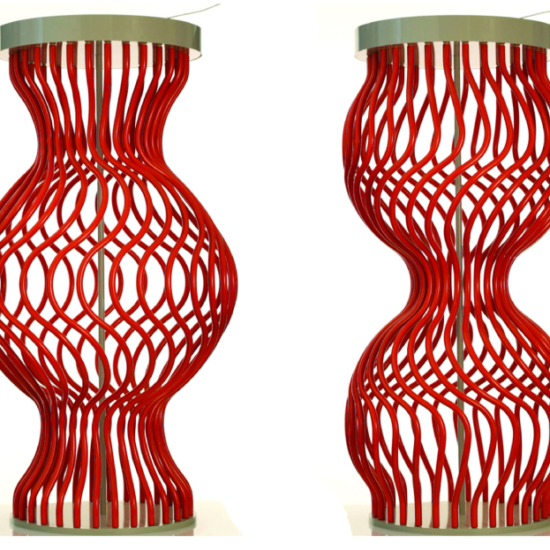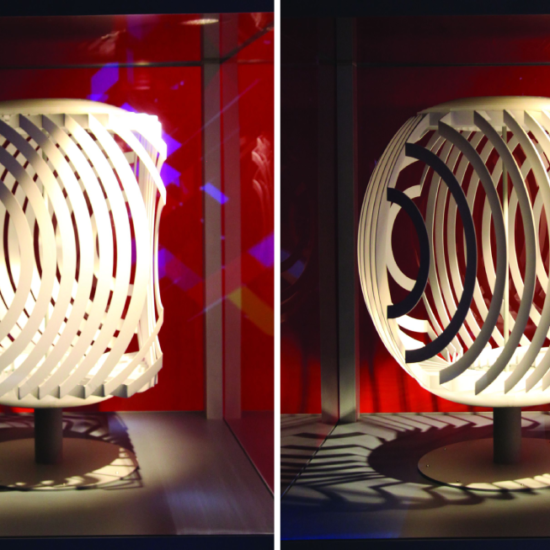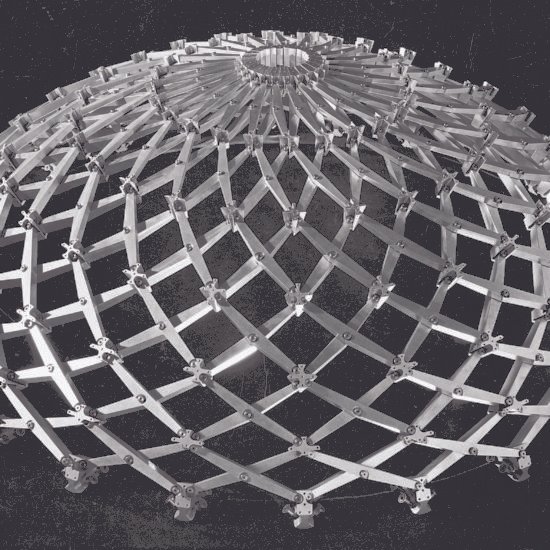What is Transformable Design?
Transformable design is the quintessential ‘multidisciplinary discipline’. It provokes and inspires creative teams to think in new ways.
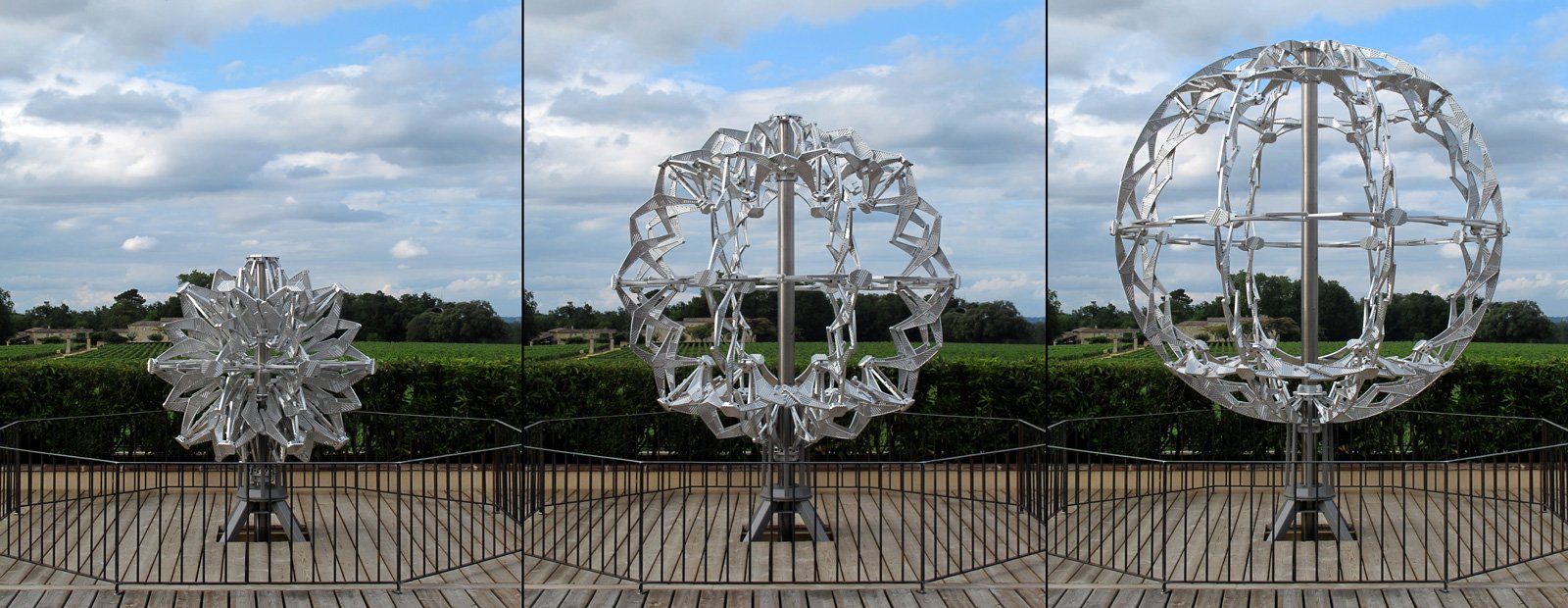
I think that curiosity is the requisite to collaboration. Different people sitting at a table is not enough, each needs to internalize the other’s viewpoint to a degree. Collaboration continues even when the participants are off working on their own. The internalized voice of the team is active within one’s own workflow. A contemporary design practice should be adept in developing both products and technology, sourcing expertise wherever needed, drawing together collaborative networks.
— Chuck Hoberman, Founder & CEO
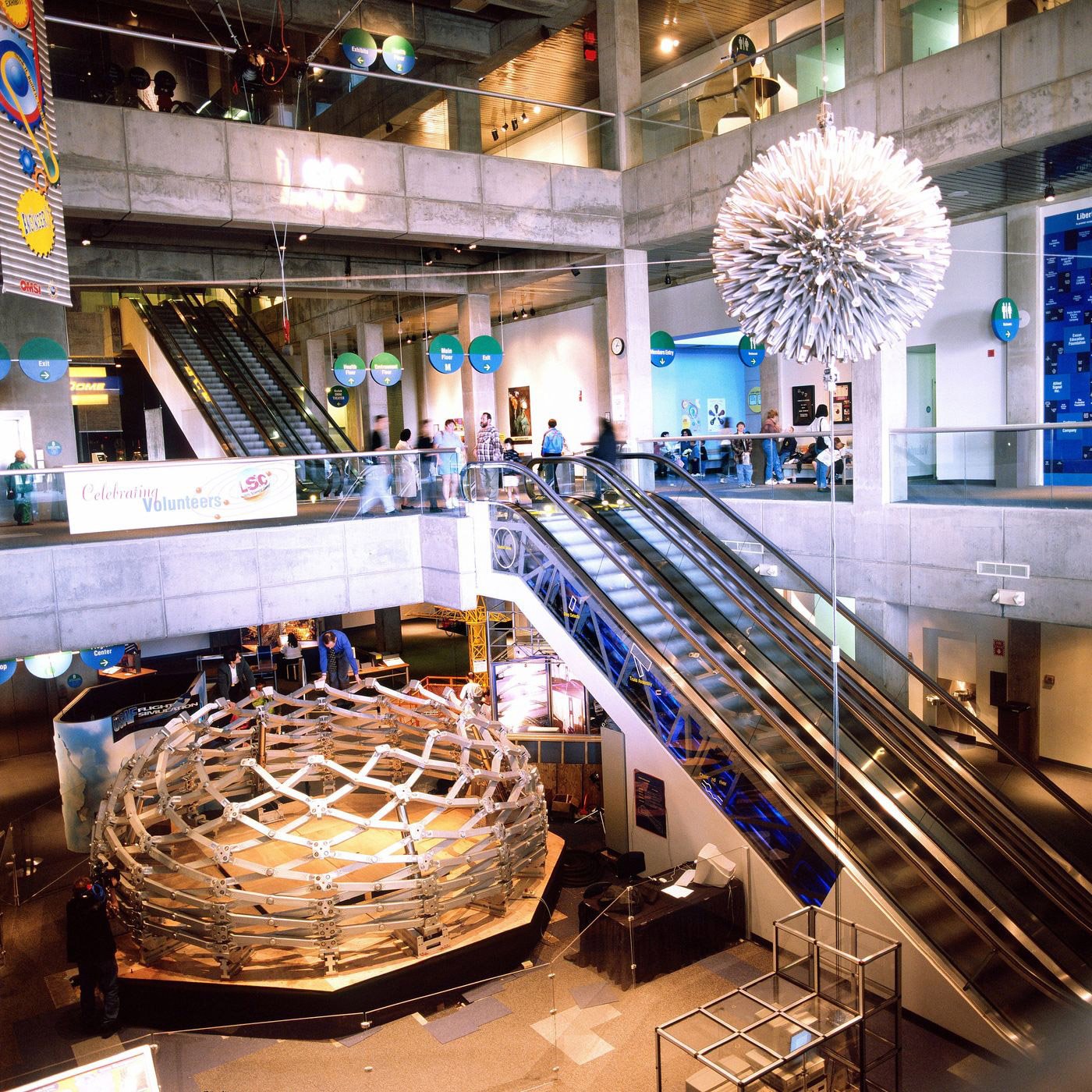
Perfect Elegance
Our design medium is behavior itself. Elegance and economy remain the pre-eminent values of good design. An elegant mechanism translates a simple push or pull into rich and complex behavior. Sustainability fundamentally requires us to do more with less — the very definition of design elegance. Transformable Design is an example of what Buckminster Fuller termed 'Design Science'. Our creations are experiments in adaptive behavior.

Turning Lead into Gold
An inventor acts out of a primeval alchemical impulse — to turn lead to gold. The great structural designer Peter Rice once told me that ``when we get into trouble, we invent our way out of it.`` ``Invention consists in avoiding the constructing of useless contraptions and in constructing the useful combinations which are in infinite minority. To invent is to discern, to choose.`` — Henri Poincare

Enter the Age of Adaptation
The idea of time-based, transformable buildings is not new. What is new is that the technology to implement this idea is now readily available. A building mediates between the occupant and the environment, both of which are highly dynamic. Why should the building itself be static? In my view, there are two overarching factors driving building design today: the critical need for sustainable solutions, and the power of computation. The convergence of these two is leading to a new generation of adaptive technologies.
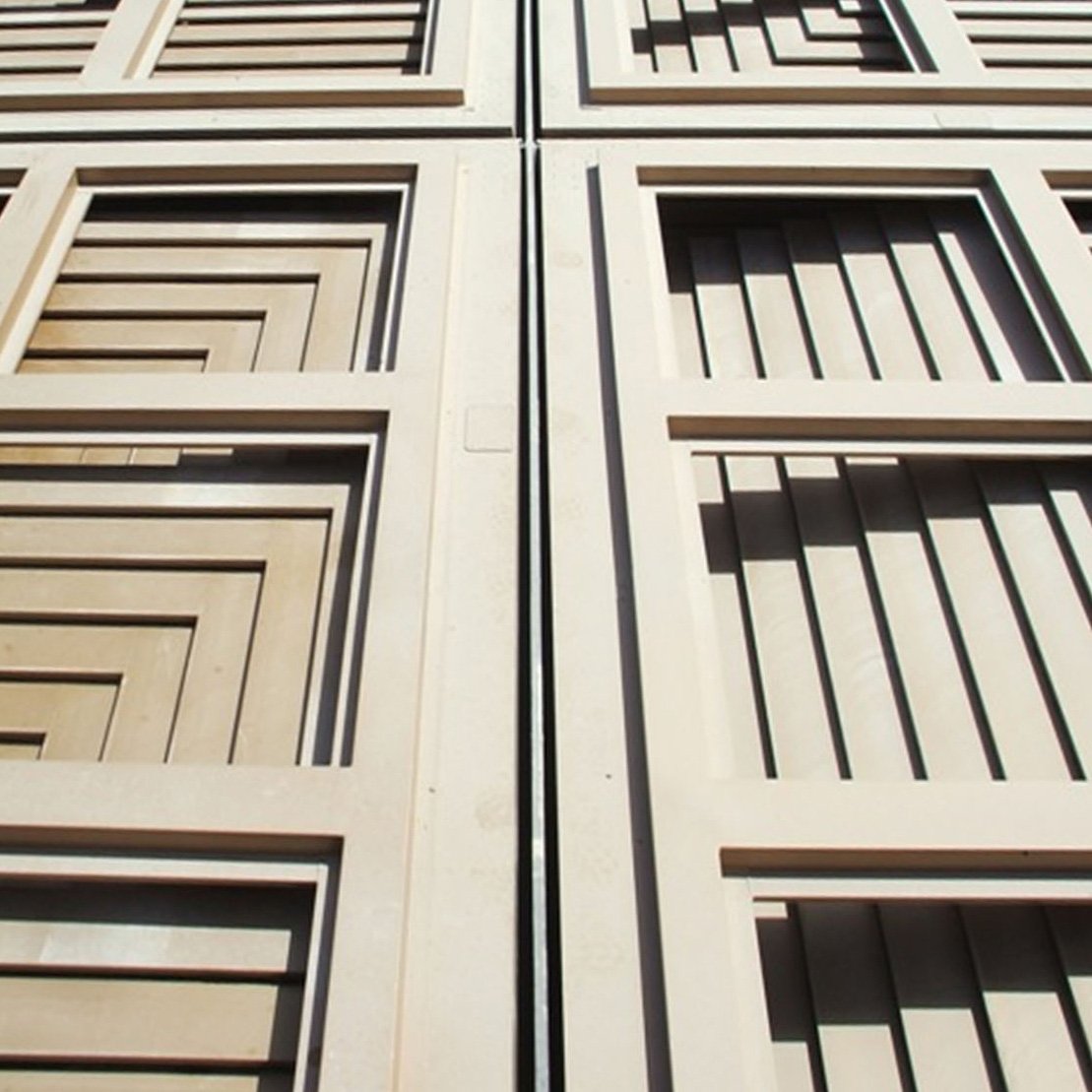
Designing Healthy Habits
The barriers between disciplines used to be an inconvenience. In the context of climate change, they're a positive danger. We all know that technology alone will not solve the climate crisis. Behavior has to change as well. Designers are uniquely situated to understand and influence human behavior. It's terrible to say, but climate change is an amazing chance for designers and inventors. This is the problem that we were put on this planet to solve.
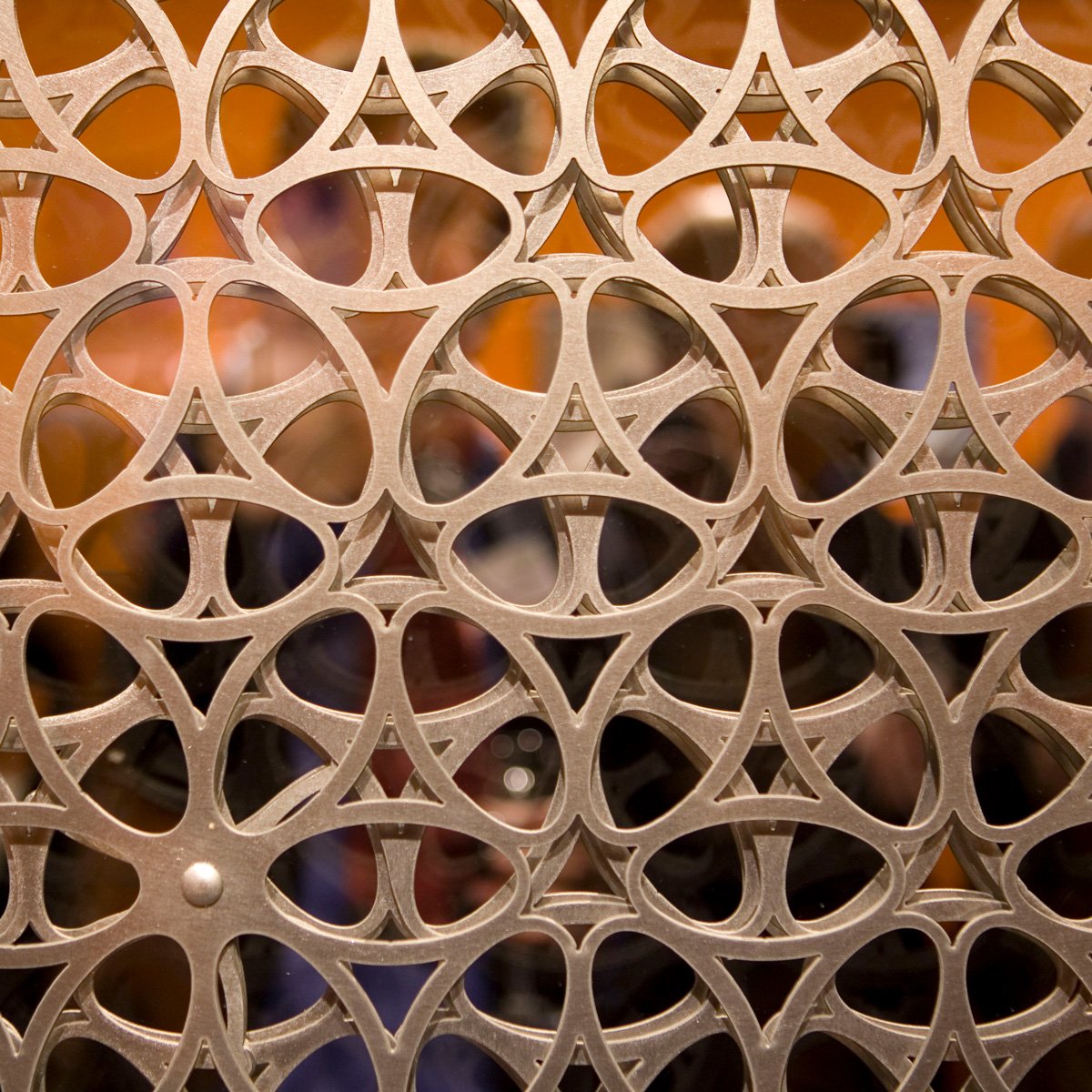
Is the Future Material?
Media need not be limited to bandwidths of light and sound. Permeability, density, solidity are all parameters of what we might term 'material media'. Real-time computation can continuously control response to an ever-changing environment. What are the systems themselves that are being responsively controlled? What are they made of? How are they organized in space? What physical quantities are changing? In this 'information era' we tend to view physical mechanisms as being somewhat quaint and old-fashioned. Yet what I find most interesting in mechanical systems are their non-material qualities: their trajectories, degrees of freedom, transformative behavior.



